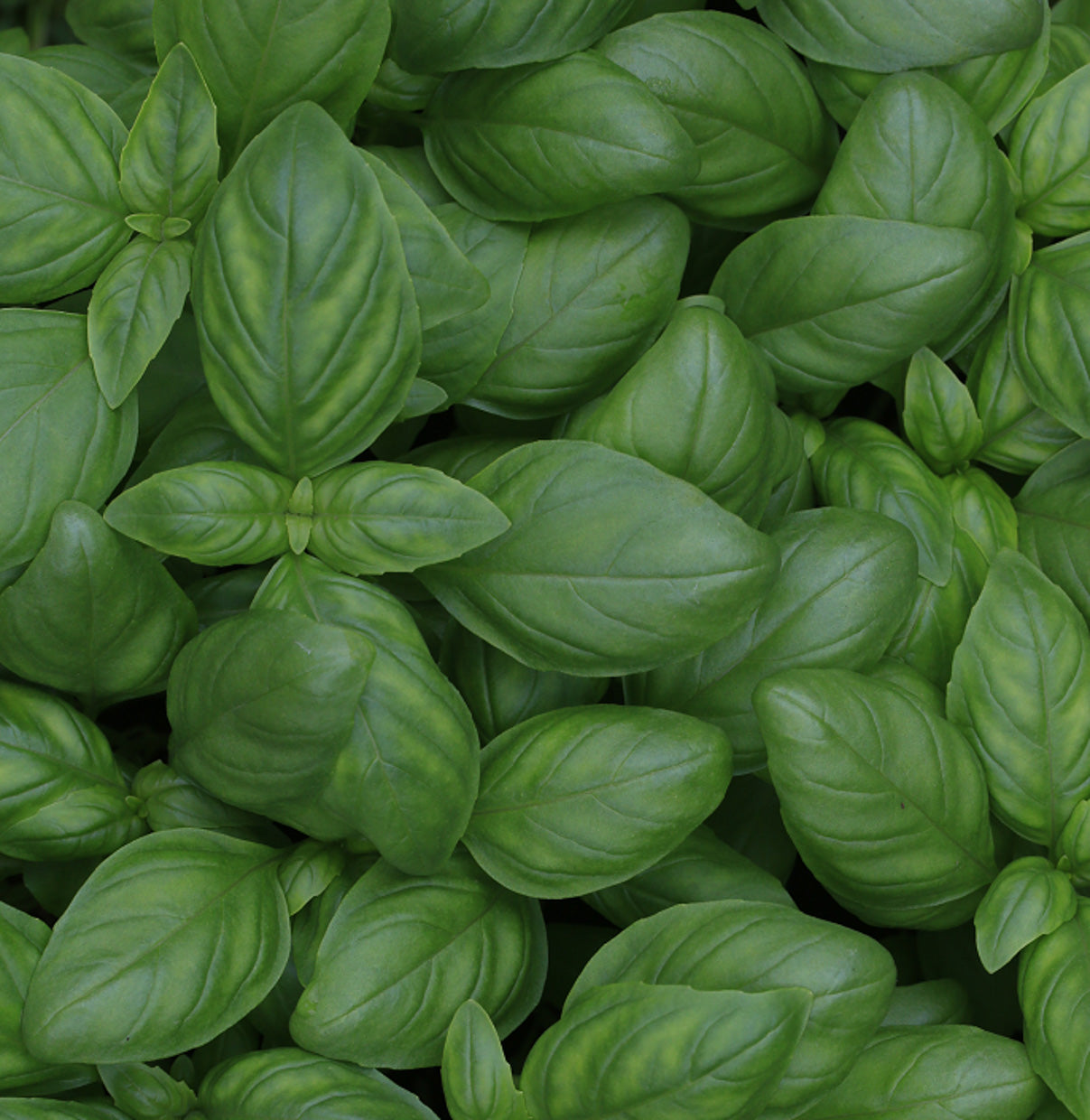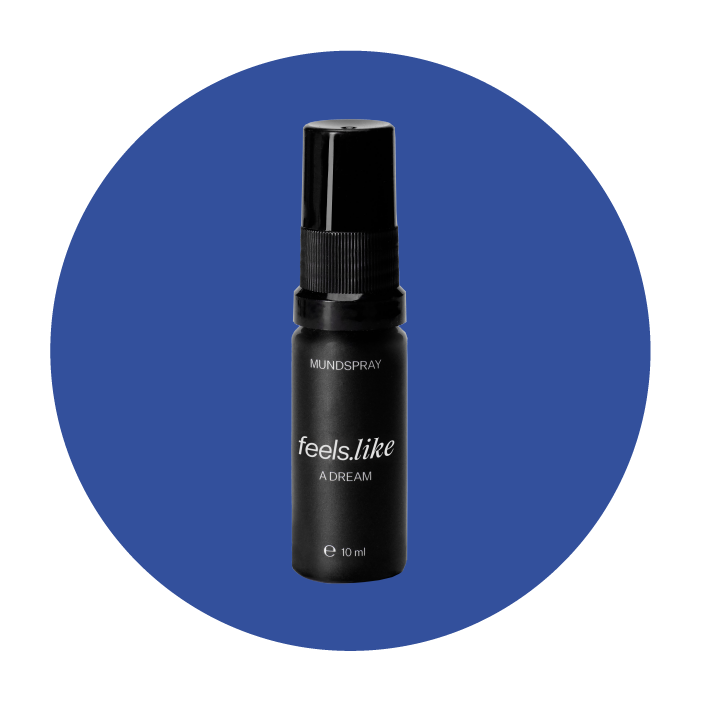
Linalool
INCI: LINALOOL
Linalool zählt zu der Gruppe der Terpenoide. Als Duftstoff kommt Linalool in verschiedenen Pflanzen vor, wie Hopfen, Koriander, schwarzem Pfeffer und Safran, eine besonders hohe Konzentration lässt sich auch in Basilikum finden. Als Duftstoff ist er auch Bestandteil vieler ätherischer Öle. Es handelt sich um eine klare, farblose Flüssigkeit, die süß-lavendelartig bis holzig-lavendelartig duftet.
Wirkung
In der Aromatherapie wird Linalool häufig als Beruhigungsmittel sowie bei Verdauungsbeschwerden verwendet. Zudem besitzt Linalool entzündungshemmende Eigenschaften, welche beruhigend und entspannend auf das Verdauungssystem wirken.
Studien
Kim, M. G., Kim, S. M., Min, J. H., Kwon, O. K., Park, M. H., Park, J. W., Ahn, H. I., Hwang, J. Y., Oh, S. R., Lee, J. W. & Ahn, K. S. (2019). Anti-inflammatory effects of linalool on ovalbumin-induced pulmonary inflammation. International Immunopharmacology, 74, 105706.
Peana, A., D’Aquila, P., Panin, F., Serra, G., Pippia, P. & Moretti, M. (2002). Anti-inflammatory activity of linalool and linalyl acetate constituents of essential oils. Phytomedicine, 9(8), 721–726.
Taheri Mirghaed, A., Ghelichpour, M. & Hoseini, S. M. (2016). Myrcene and linalool as new anesthetic and sedative agents in common carp, Cyprinus carpio - Comparison with eugenol. Aquaculture, 464, 165–170.

